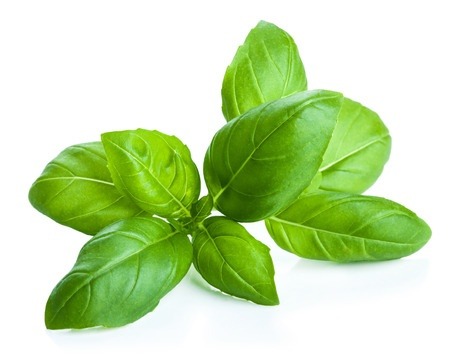
Basil (Ocimum basilicum L.) is of course a favourite in the kitchen but its healing properties have been known for as long as its culinary ones. Basil in many forms has been used as a traditional medicine in many treatments (Labra et al., 2004). Basil has been used, and is still used, around the world for bizarre treatments of ringworm, deafness, poisoning and malaria.
The Plant
The plant is a member of the Lamiaceae family. It grows commercially in most hot slightly tropical countries. Major growing areas are central Asia (Turkey, Iran) and India, Africa generally, central and south America
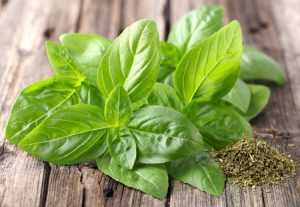
It’s widely accepted however that Basil contains essential oils that will kill intestinal parasites and soothe the stomach and intestines. The herb is also an anti-bacterial and works as a good insect repellent, as well as being the main ingredient of many sauces including pesto ! If you are interested in growing the herb then please consult our article on its cultivation – it is extremely easy to grow this plant as long as heat is possible.
Benefits Of Basil Seeds
The seeds contain some useful components. The seed is rich in a mucilage which includes the carbohydrate polymers, glucomannan (43%) and xylan (24.29%) and a minor fraction of glucan (2.31%) (Osano et al., 2014). The high mucilage content implies tha seed may be a very good source of edible hydrocolloids as a functional ingredient in food product development. These polymers all have potential as thickeners and stabilisers
Availability Of Basil
The dried, organic leaves of basil are available from various suppliers N.B. This post contains links to our affiliate marketing partner. Please read our affiliate disclosure.
Purchase your Basil products here
Uses
- Basil kills bacteria on the skin so is useful for acne sufferers and those with skin infections
- The essential oil is known to kill parasites and worms in the stomach and intestines.
- The leaves contain a compound, BCP, which actually stimulates the body’s cannabinoid receptors and therefore can reverse the inflammation of joints suffering from arthritis.
- Other uses include treatment of headache, cough and diarrhea.
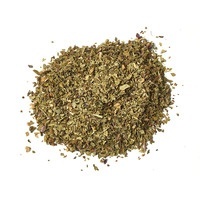
Dried basil leaves.
How To Use
- Treat acne with a poultice of leaves as demonstrated in HOW TO MAKE A POULTICE. An infusion or tincture can be applied to skin for anti-bacterial properties. The leaves are often be rubbed on to insect stings and bites to reduce their itching.
- Basil makes the ideal insect repellent
Cautionary Information
- Basil should only be used in cooking by pregnant women – not as a herbal product !
- The herb is only to be used in medicinal amounts after consultation with your doctor.
- If you experience any or even small, intestinal discomfort, simply stop taking this herb
Legal Disclaimer Concerning Products On This Web-Site
The products and the information provided about specific products on or through this site have not been evaluated by the United States Food and Drug Administration or by any other national regulatory body and are not intended to diagnose, treat, cure or prevent disease. The information provided on this site is for informational purposes only and is not intended as a substitute for advice from your physician/doctor or other health care professional or any information contained on or in any product label or packaging. You should not use the information on this site for diagnosis or treatment of any health problems or for prescription of any medication or other treatment. You should consult with a healthcare professional before starting any diet, exercise or supplementation program, before taking any medication or if you suspect you might have a health problem.
References
Labra, M., Miele, M., Ledda, B., Grassi, F., Mazzei, M., Sala, F. (2004) Morphological characterization, essential oil composition and DNA genotyping of Ocimum basilicum L. cultivars. Plant Sci. 167 (4) pp. 725–731
Osano, J.P., Hosseini-Parvar, S.H., Matia-Merino, L., Golding, M. (2014) Emulsifying properties of a novel polysaccharide extracted from basil seed (Ocimum basilicum L.): effect of polysaccharide and protein content. Food Hydrocolloids 37 pp. 40–48
Razavi, S., Bostan, A., Rezaie, M. (2010) Image processing and physico-mechanical properties of basil seed (Ocimum basilicum), J. Food Process Eng. 33 (1) pp. 51–64

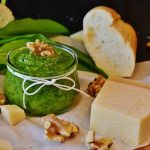
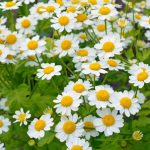
Leave a Reply